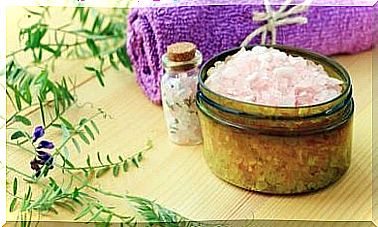How To Plant Different Culinary Plants
Growing your own culinary plants can be very rewarding and therapeutic. In addition, you can use them to give a different flavor to your recipes. Next, we will tell you step by step how you can create a small garden in your home, without the need for a lot of space.
Beyond their culinary use, aromatic plants can have great decorative value. Many of them are very beautiful and can even add an interesting aroma to your home. Did we figure out how to plant them?
How to grow culinary plants at home
Creating a garden of aromatic plants is not as complex as you can imagine, you just need to pay attention to a few variations to ensure it is a real success.
The pillars of a home garden
Next we will see the six bases that you should take into consideration before getting down to work and starting to plant. Take note because this will depend on whether your plants develop properly.
1. Choose the ideal place
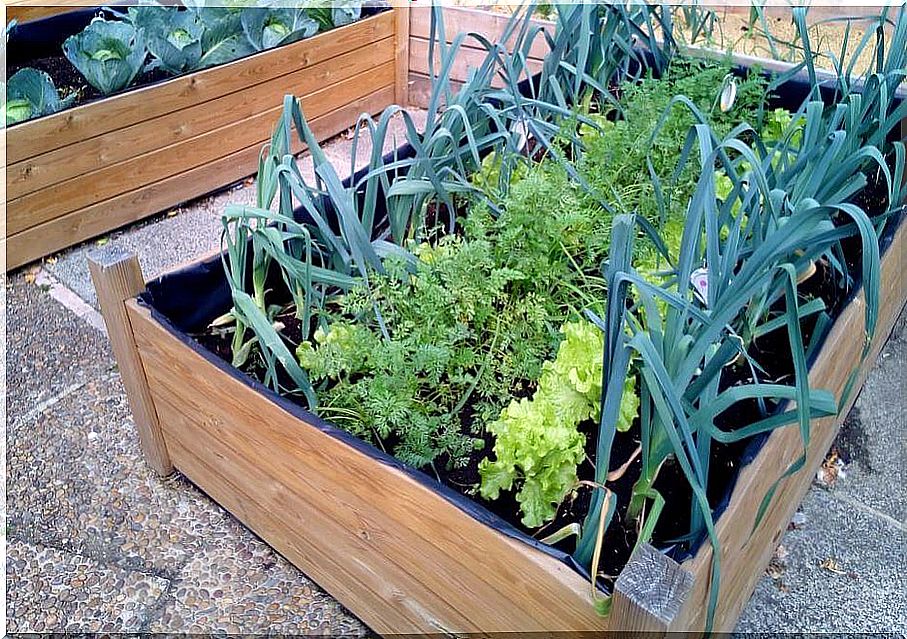
Each floor has its own needs for light, drainage and space. However, in general terms, we can say that culinary plants need a lot of light to develop. For this reason, we recommend placing them in the garden or balcony, or near a window, if you plan to grow them indoors.
2. Worry about proper drainage
We all know that plants need water to grow, however, too much water can be harmful to aromatic plants . An advice? Before planting, make sure each pot has holes in its base that allow for adequate drainage.
3. The perfect pot for every plant
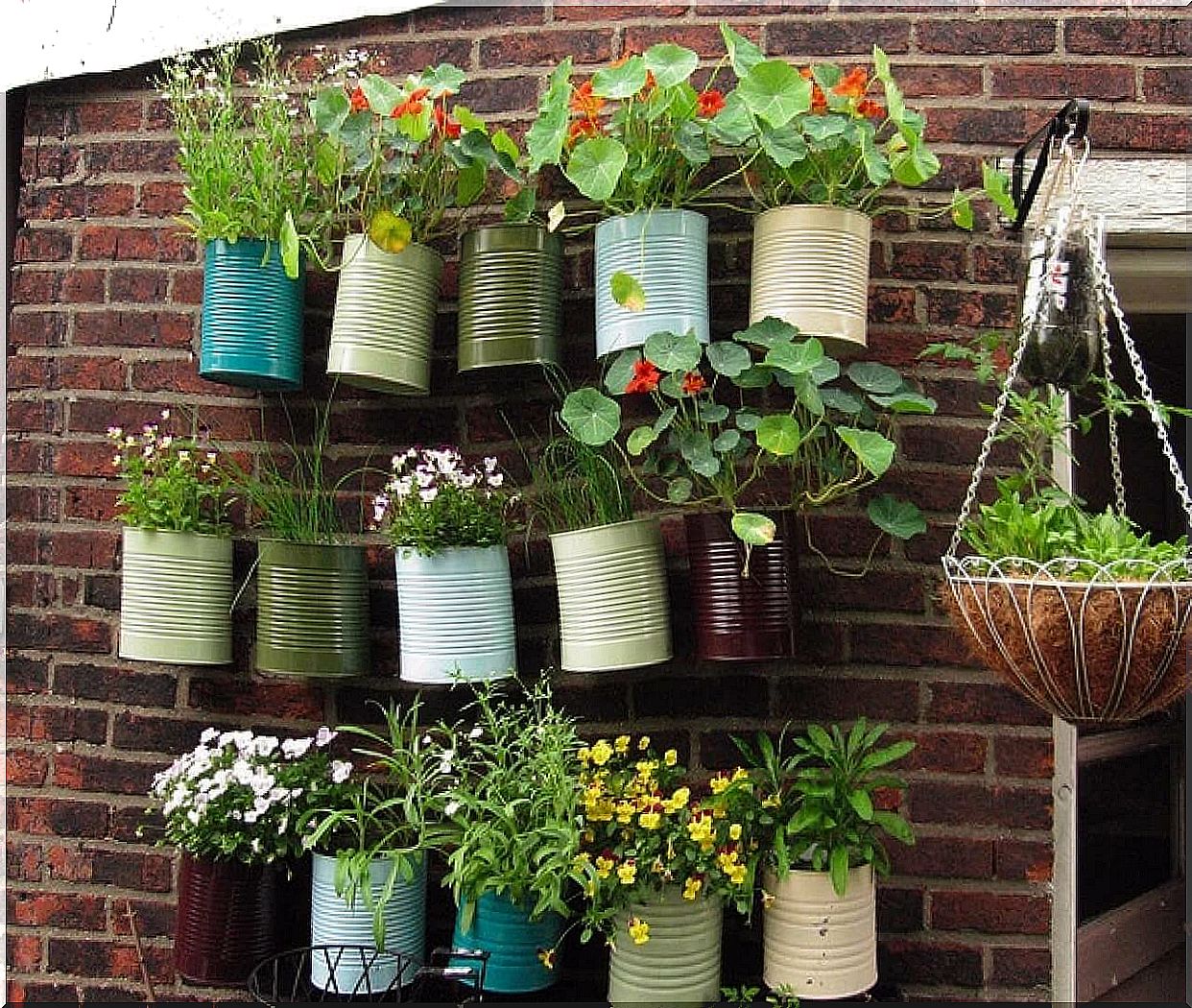
You should not minimize the importance of space. Each plant requires at least one liter pot to develop properly. You can find out the volume of soil they require by reading the instructions on the seed packet.
In case you do not have enough space to place each species in a common pot, we suggest you opt for hanging pots and vertical gardens.
4. Classes of culinary plants
When planting, it is important that you know if the chosen varieties are annual, biennial or perennial. This is because the care of each plant is different:
- Perennials, such as lavender or thyme, grow quite large. For this reason, they usually need to be transplanted into larger pots or directly into the ground.
- Biennial plants, like parsley, live for two years. During the second, they generally give flower and seeds and then die.
- Annuals, like basil, last only one season.
5. Seeds or plants?
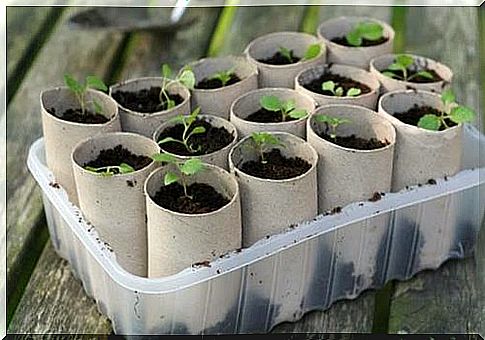
Buying culinary plants saves us work. However, it is more expensive. Growing from seeds gives us the possibility of staggering the crops and taking advantage of all the space in a pot, sowing a low and a tall plant together. The choice is yours.
You can even choose to combine both tactics, that is, sow seeds and buy a plant to have a functional garden from the beginning!
6. Irrigation needs
When it comes to grouping plants by pot, it is essential to know their watering needs. Rosemary, for example, needs little water, while mint is quite picky about it. If you planted both varieties together, without a doubt, one of them would die.
The best culinary plants for your home
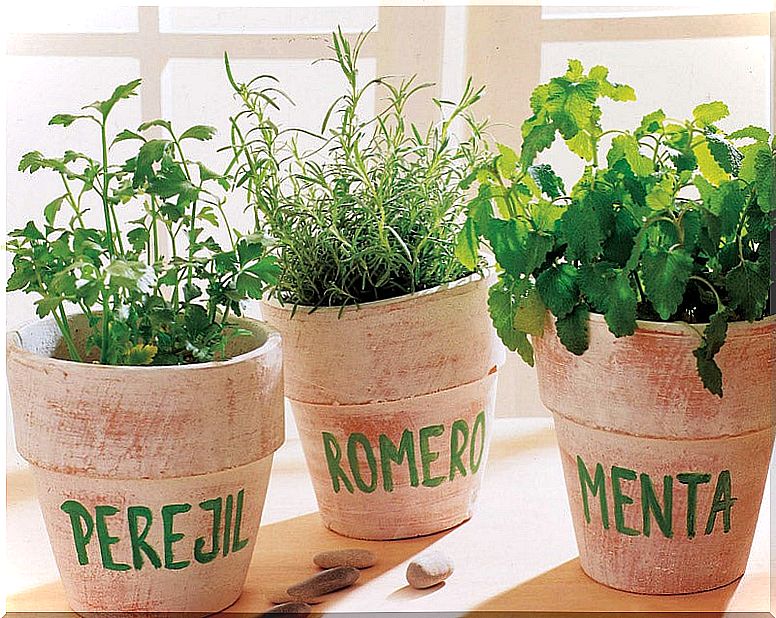
Now that you know the bases to create your garden at home, it is time to choose which culinary plants you will grow. This depends not only on your tastes, but also on the care you can give them. Here are some easy options for beginners:
- Basil : It is an annual plant that is sown in early spring and transplanted when the seedlings are large and have pairs of leaves. It can reach 40 cm in height.
- Parsley : also annual, its germination takes 6 weeks, so you have to be patient. You must place it in its pot from the moment of sowing, since it does not support transplants well. It can reach 30 cm. Tall.
- Arugula – Planted in early spring and lasts until late fall.
- Rosemary : this perennial plant is sown in spring in a place with a lot of space, since it can reach more than a meter in height.
- Thyme : this plant can be transplanted and usually lasts about 5 years.
- Tarragon : reaches 80 cm in height. The interesting thing is that it can reproduce by cuttings.
- Chives : You can plant seeds or an onion that has sprouted. It is very easy to care for and it is perennial, so you will have chives available all year round.
- Dill : germinates quickly, which is why it is recommended for planting with children. Both its seeds and its leaves can be used.
Have you decided to create your small culinary plant garden at home? It can be good entertainment for children and a good way to help you relax, as well as adding flavor to all your dishes. Get started today!




